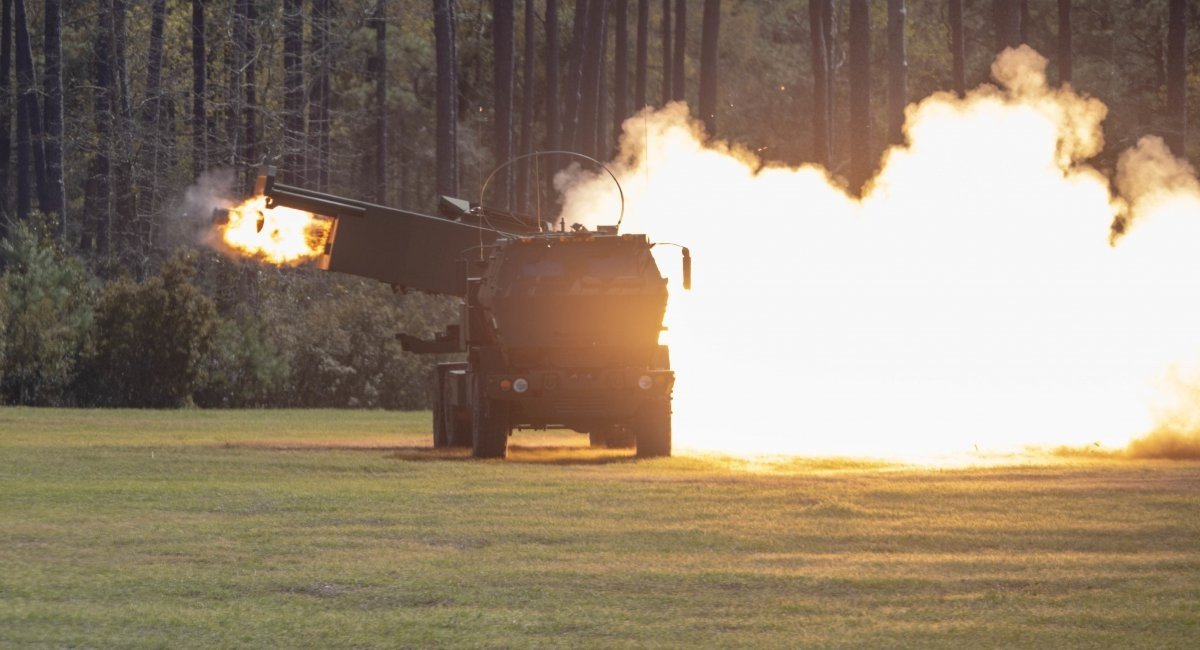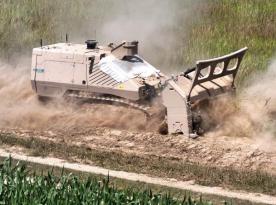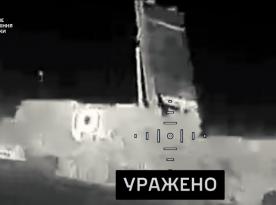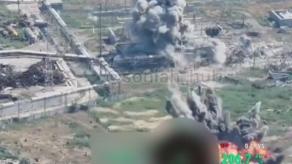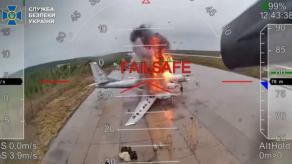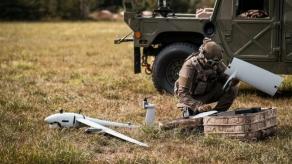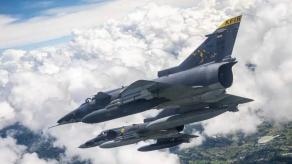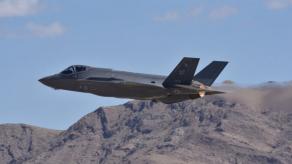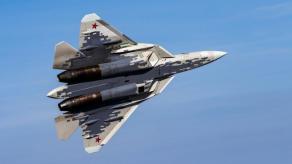The Armed Forces of Ukraine extremely intensively use HIMARS rocket launchers, which swiftly shuffle between operational directions and deliver high-precision strikes on russian rear targets. Various bases and ammunition depots, as well as command posts, have already been blown up thanks to this system.
At the same time, we cannot say that the GMLRS M31 rocket, which is the main one for HIMARS, carries hundreds of kilograms of explosive. In fact, this munition is equipped with a warhead of only 90 kg of high-explosive material. But its ultra-high precision multiplied by interesting solutions provides the maximum effectiveness to this rocket.
Read more: Ukrainian Military Destroy Occupiers Repair Base in Horlivka (Video)
By the way, we have previously provided a brief comparison of HIMARS rockets in our separate article, as well as how they can affect the power balance when deployed to Ukrainian frontlines.
Back to the point. The M31 rocket has three variants of detonation: impact, delayed and the most interesting one – mid-air. The latter is precisely designed to destroy the enemy in open space positions. This way all the fragments and the energy of the explosion hit the target, and not partially go into the ground.
At the same time, the M31 warhead is extremely fragile, which is evidenced by the test results. In particular, after the strikes on such typical targets as air defense systems and "Grad" rocket launchers, the number of fragments that hit the equipment amounted to hundreds of pieces. Obviously, there was not much remaining of the enemy's infantry either: 20 to 40 fragments were found in the dummies. Also, mid-air detonation is much more effective in situations when the equipment is covered behind fortifications, and the manpower is in a shelter.
Also, the high accuracy of the GMLRS allows you to successively engage several target rockets. In practice, the proven deviation from the aiming point is up to three meters. In particular, with such strikes, the US army destroyed the headquarters of the "Taliban", which were located in administrative buildings.
Ukrainian military say that HIMARS are very effective on the frontline:
"The system is very accurate, to the point that it breaks a hole in a building and then another rocket flies in there, right into the hole made by the first burst," said serviceman Oleksandr in a video that appeared recently.
The high accuracy of the system was clearly demonstrated in the following video, when a HIMARS strike was requested to hit a target in close proximity to allied units. Actually, such cases were quite common; there was a practice during the operation in Afghanistan by infantry units to request for HIMARS fire being just several hundred meters away from the target.
Besides, the M31 can be used quite effectively against fortified objects thanks to the delayed detonation mode. This rocket, of course, is not designed to break through full-fledged bunkers, but it will cope with a certain category of light fortifications.
Read more: Six out of Seven: How Ukrainian Air Defense Forces Repealed Today Morning Missile Attack




